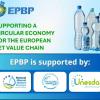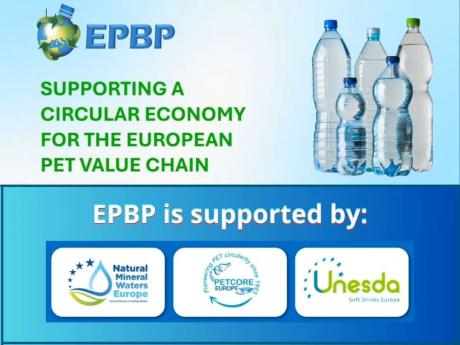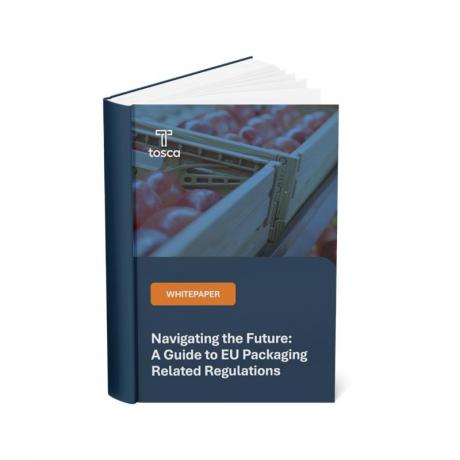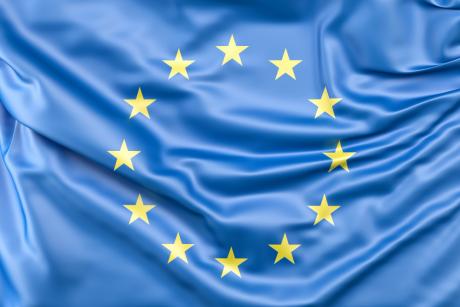
As widely anticipated, on 30 November the European Commission proposed new rules to modify current European laws on packaging and packaging waste. “After tackling single use plastics, we now take the next step on our way to a future without pollution. Our proposals today reduce packaging waste, promote reuse and refill, increase the use of recycled plastics, and make it easier to recycle packaging. European citizens are eager to be rid of overpackaging and unnecessarily bulky packages, and businesses are ready to move forward with sustainable, innovative packaging solutions and systems. We also clear up confusing claims around biobased and biodegradable plastics, so that producers and consumers know under which conditions such plastics are truly environment-friendly and contribute to a green and circular economy”, commented Frans Timmermans (left in the picture), executive vice-president for the European Green Deal, summarizing the aims of the regulation.

The main objectives
The proposed revision of the EU legislation on packaging and packaging waste has three main objectives. First, to prevent the generation of packaging waste: reduce it in quantity, restrict unnecessary packaging and promote reusable and refillable packaging solutions. Second, to boost high quality (‘closed loop') recycling and make all packaging on the EU market recyclable in an economically viable way by 2030. And finally, to reduce the need for primary natural resources and create a well-functioning market for secondary raw materials, increasing the use of recycled plastics in packaging through mandatory targets.
The headline target is to reduce packaging waste by 15% by 2040 per member state per capita, compared to 2018. This would lead to an overall waste reduction in the EU of about 37% compared to a scenario without changing the legislation. It will happen through both reuse and recycling. To foster reuse or refill of packaging, which has declined steeply in the last 20 years, companies will have to offer a certain percentage of their products to consumers in reusable or refillable packaging, for example takeaway drinks and meals or e-commerce deliveries. There will also be some standardisation of packaging formats and clear labelling of reusable packaging. To address clearly unnecessary packaging, certain forms of packaging will be banned, for example single-use packaging for food and beverages when consumed inside restaurants and cafes, single-use packaging for fruits and vegetables, miniature shampoo bottles and other miniature packaging in hotels.
Many measures aim to make packaging fully recyclable by 2030. This includes setting design criteria for packaging; creating mandatory deposit return systems for plastic bottles and aluminium cans; and making it clear which very limited types of packaging must be compostable so that consumers can throw these to biowaste.
Finally, there will also be mandatory rates of recycled content that producers have to include in new plastic packaging. This will help turn recycled plastic into a valuable raw material – as already shown by the example of PET bottles in the context of the single-use plastics directive.
Clearing up confusion
The proposal also aims to clear up confusion on which packaging belongs to which recycling bin. Every piece of packaging will carry a label showing what the packaging is made of and in which waste stream it should go. Waste collection containers will carry the same labels. The same symbols will be used everywhere in the EU.
Similarly, any possible confusion regarding bio-based, compostable and biodegradable plastics will be eliminated. A number of conditions have to be met for these plastics to have positive environmental impacts, rather than exacerbating plastic pollution, climate change and biodiversity loss. The Commission's new framework clarifies in what way these plastics can be part of a sustainable future.
Biomass used to produce biobased plastics must be sustainably sourced, with no harm to the environment and in respect of the ‘cascading use of biomass' principle: producers should prioritise the use of organic waste and by-products as feedstock. In addition, to fight greenwashing and avoid misleading consumers, producers need to avoid generic claims on plastic products such as ‘bioplastics' and ‘biobased'. When communicating on biobased content, producers should refer to the exact and measurable share of biobased plastic content in the product (for example: ‘the product contains 50% biobased plastic content').
Biodegradable plastics must be approached with caution. They have their place in a sustainable future, but they need to be directed to specific applications where their environmental benefits and value for the circular economy are proven. Biodegradable plastics should by no means provide a licence to litter. Also, they must be labelled to show how long they will take to biodegrade, under which circumstances and in which environment. Products that are likely to be littered including those covered by the Single-Use Plastics Directive cannot be claimed to be or labelled as biodegradable.
Finally, industrially compostable plastics should only be used when they have environmental benefits, they do not negatively affect the quality of the compost and when there is a proper biowaste collection and treatment system in place. Industrially compostable packaging will only be allowed for tea bags, filter coffee pods and pads, fruit and vegetable stickers, and very light plastic bags. The products must always specify that they are certified for industrial composting, in line with EU standards.
The next steps
The proposal on packaging and packaging waste will now be considered by the European Parliament and the Council, in the ordinary legislative procedure. The policy framework on biobased, biodegradable and compostable plastics will guide future EU work on this issue, for example ecodesign requirements for sustainable products, funding programmes and international discussions. The Commission encourages citizens, public authorities and businesses to use this framework in their policy, investment or purchasing decisions.









